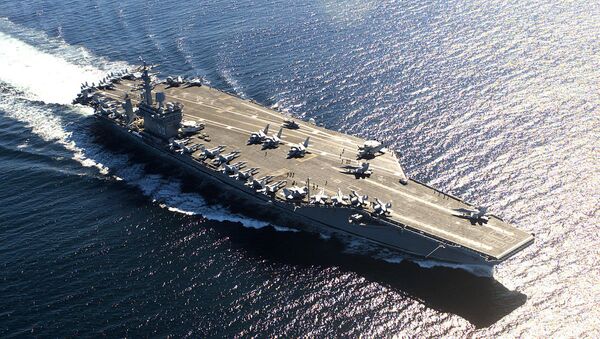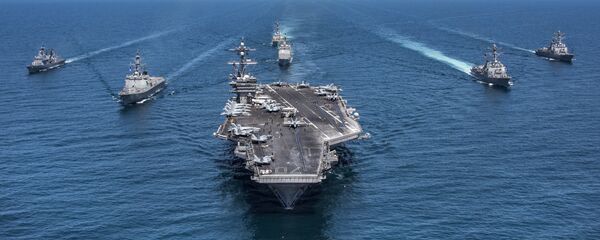The head of the Russian Center for Military Forecasting, Anatoly Tsyganok suggested that the reason behind this statement might be provocation with the aim of seeing the reactions of Beijing and Moscow or it may simply be rash words.
“It's either information aimed at provocation to investigate the reaction of Russia and China, or a rash military statement. Apparently, the US forgot that about 50 percent of its production is in China, and it could take appropriate steps in case of a threat or a direct attack,” the expert said.
He further said that such a non-military measure would hurt the US economy adding that China's neighbors and the US allies, South Korea and Japan will quickly find the right words to convince the US to consider the gravity of the situation, because the aggravation of relations with China will primarily affect their interests.
According to the expert, the US should also be cautious of an ally of China, the DPRK, whose troops are well prepared and ready to start military operations both against the US troops in the region and against the aforementioned US allies.
Commenting on Swift’s words, Vladimir Kozin, a Russian military expert and professor at the Academy of Military Sciences, noted that such statements are based on the nuclear strategy of the United States and could also be interpreted as an attempt to put pressure over Beijing.
"The US wants to force China to pressure North Korea over its nuclear program. In addition, it is a typical show of force by the US military," Kozin said.
He pointed out that such a statement would further push Moscow and Beijing together in military and strategic cooperation.
On July 4, North Korea announced it had successfully launched its first intercontinental ballistic missile (ICBM), saying it traveled 580 miles and reached an altitude of 1,740 miles during its 39-minute flight before accurately hitting a targeted area in the Sea of Japan. The test immediately prompted sharp criticism from the international community.
Following the launch, the Russian Defense Ministry disputed Pyongyang's claim, saying the missile's flight parameters indicated it reached an altitude of 535 kilometers (332 miles) and traveled 510 kilometers before falling in the Sea of Japan. However, US officials believe that Pyongyang had successfully launched an ICBM for the first time.




